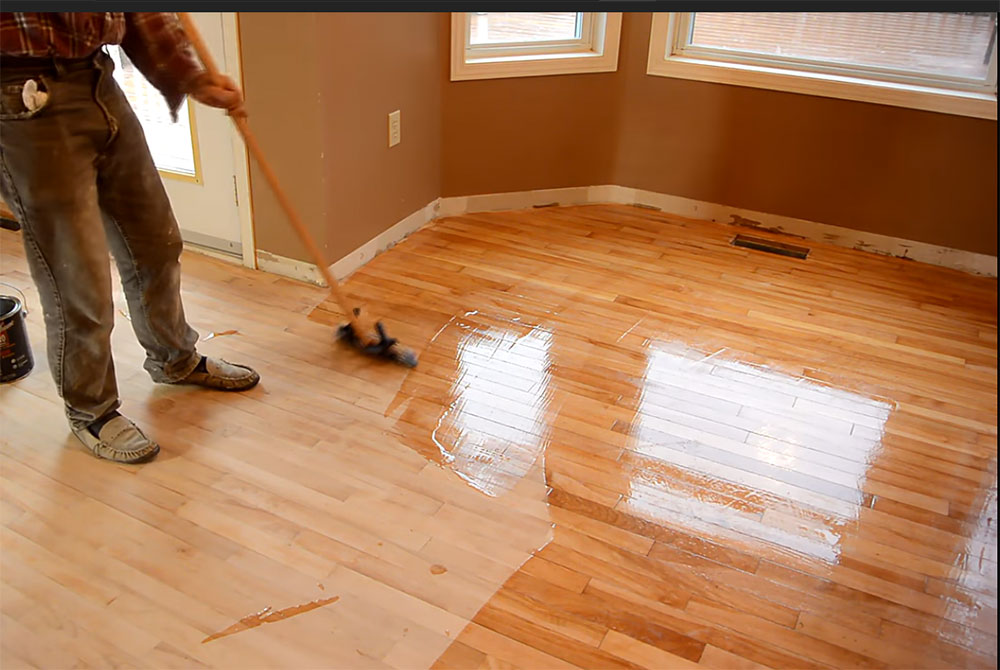Hardwood flooring has been a popular flooring choice for centuries. From early settlement to modern times, hardwood flooring has been an essential element of Toronto’s architectural and interior design history. In this article, we’ll explore the history of hardwood flooring in Toronto, from its earliest beginnings to the modern age.
Early Settlement: 17th-19th Century
Toronto’s first settlers were primarily Indigenous peoples, followed by French explorers and British colonists. Hardwood flooring wasn’t a common flooring choice during this time, as the settlers mostly used earthen floors or stone tiles for their homes. The settlers’ main focus was on creating a safe and livable environment rather than aesthetic considerations.
However, as the colony developed, hardwood flooring became more popular, and it was seen as a sign of luxury and wealth. The earliest hardwood flooring in Toronto was made from local timber, including oak, maple, and cherry. The wood was typically cut into planks and nailed down to the floor joists. The planks were often wide and rough-hewn, giving the floor a rustic appearance.
Victorian Era: 19th Century
During the Victorian era, which spanned from the mid-19th century to the early 20th century, hardwood flooring became increasingly popular in Toronto. The Victorian era was a time of prosperity and growth, and people had more disposable income to invest in their homes.
Hardwood flooring was no longer just a sign of luxury; it was now a common flooring choice for the middle class. Hardwood floors were installed in many Victorian homes in Toronto, often in a parquet pattern. The parquet pattern featured geometric shapes made from smaller pieces of wood, such as oak or mahogany.
The turn of the 20th century brought new technology and manufacturing techniques that made hardwood flooring more affordable. New types of hardwood flooring were introduced, such as beech and birch, which were less expensive than oak and maple.
Mid-20th Century: 1940s-1960s
During the mid-20th century, hardwood flooring lost some of its popularity in Toronto, as other flooring materials such as linoleum and vinyl became more popular due to their affordability and ease of maintenance. However, hardwood flooring was still seen as a desirable feature in high-end homes and commercial buildings.
In the 1940s and 1950s, hardwood flooring manufacturers introduced new finishing techniques that made hardwood floors easier to maintain. These finishes also gave the floors a glossy appearance, which was popular at the time.
Modern Times: 1970s-Present
In the 1970s, hardwood flooring made a comeback in Toronto, as people began to appreciate its natural beauty and durability. Hardwood flooring became a popular choice for homeowners who wanted to add value to their homes.
New types of hardwood flooring were introduced, such as engineered hardwood, which consists of a thin layer of hardwood on top of a base of plywood or high-density fiberboard. Engineered hardwood is more stable than traditional hardwood flooring and can be installed in areas with high humidity, such as basements.
Today, hardwood flooring is still a popular flooring choice in Toronto, with many homeowners choosing it for its durability, natural beauty, and timeless appeal. Hardwood flooring is available in a wide range of species and finishes, making it easy to find a style that complements any home’s interior design.
Conclusion
From early settlement to modern times, hardwood flooring has been a popular flooring choice in Toronto. It has evolved from a sign of luxury to a common feature in middle-class homes to a desirable flooring choice in high-end homes and commercial buildings.
